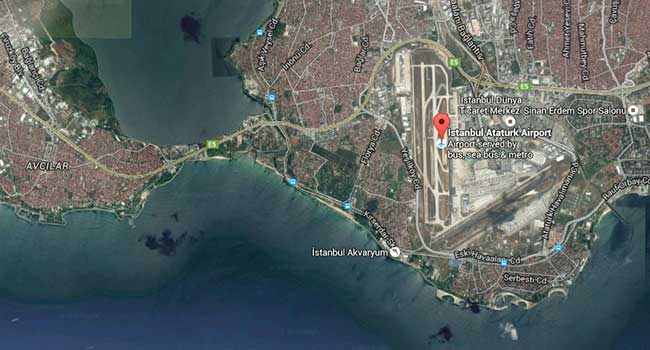
41 Dead in Istanbul Terror Attack
- By Sydny Shepard
- Jun 29, 2016
Travelers flying to or from Ataturk Airport in Istanbul, Turkey were met with screams, gunshots and explosions at the entrance of the airport on Tuesday, June 28.
Just outside the airport, where one might hail a cab, three men opened fired and set off explosions killing 41 people and injuring more than 230 others. As of the morning of the 29th, 109 people still remained in hospitals.
The three men arrived in a taxi and began firing at the terminal entrance. When police arrived on the scene in an effort to stop the carnage, the men detonated explosives that were strapped to their bodies.
“The terrorists came to the airport in a taxi and then carried out their attacks,” Prime Minister Yildirim said in a press conference. “The fact that they were carrying guns added to the toll. Preliminary findings suggest all three attackers first open fired then detonated themselves.”
Yildirim also suggested that all signs point to this attack being ISIS-related. The attacks come with just a little more than a week left in the Muslim holy month of Ramadan. The attacks also bear hallmarks of ISIS because of the soft target and the method, as well as the careful coordination between the attackers.
Ataturk Airport is known to many as one of the “most secure airports in the world” but recently it has been overwhelmed with terrorism from PKK – or the Kurdistan Worker’s Party. Turkey has been rocked by a string of terror attacks over the past year as it weathers through bombing campaigns. In March, at least 37 were killed when a car bomb detonated near a bus stop in the Turkish capital.
As of Wednesday morning, the airport has been reopened to allow travelers to flow through to their final destinations. The Prime Minister has declared the day a national day of mourning as families begin to try to cope with the mass casualties.
About the Author
Sydny Shepard is the Executive Editor of Campus Security & Life Safety.